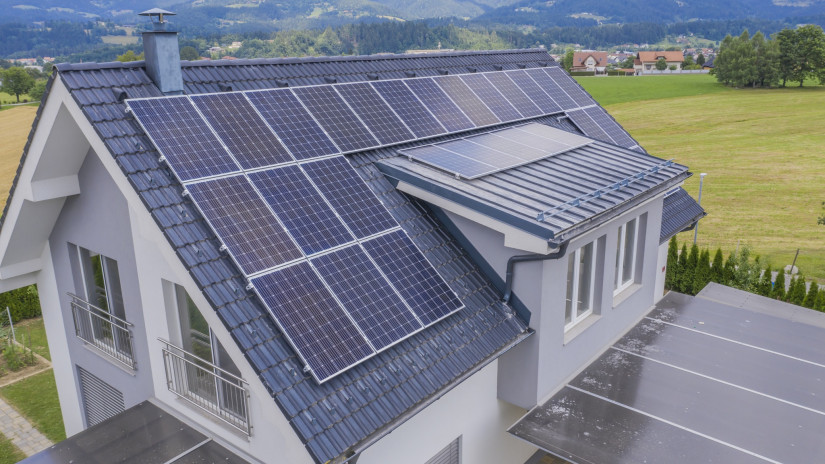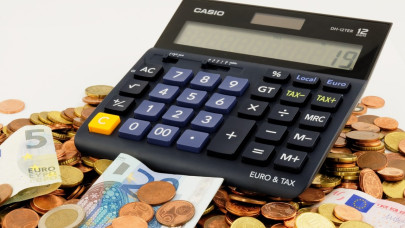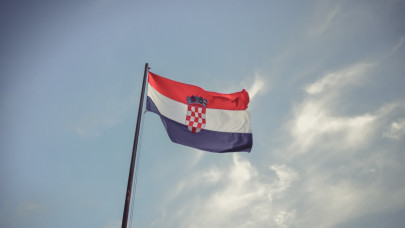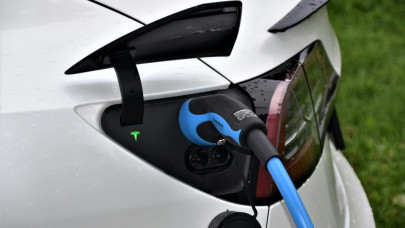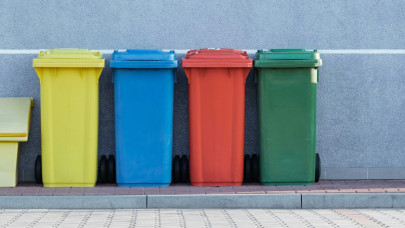Sweden led the way when it came to renewables in heating and cooling, with a 69.3% share, followed by Estonia (65.4%). Both countries use mostly biomass and heat pumps. They are followed by Latvia (61.0%), which relies mostly on biomass.
In contrast, the lowest shares of renewable sources for heating and cooling were recorded in Ireland (6.3%), the Netherlands (8.6%) and Belgium (10.4%).
Significant increases compared to 2021 were observed in Malta (+5.2 pp), Luxembourg (+2.5 pp), and Ireland (+1.4 pp), while decreases were noted in Austria (-2.4 pp), Slovenia (-1.2 pp), and Cyprus (-1.0 pp).
In absolute terms, the gross final consumption of renewable energy for heating and cooling within the EU has shown a steady rise over the years, largely driven by biomass and heat pumps. Over a decade, the average share of renewable energy in heating and cooling escalated from 18.6% to 24.8% (+6.2 pp).
However, substantial efforts are imperative to meet the ambitious targets outlined in the EU Directive 2023/2413, compelling member states to progressively elevate their annual average share of renewables in heating and cooling, aiming for at least a 0.8 pp increase from 2021 to 2025 and a minimum of 1.1 pp increase from 2026 to 2030.

